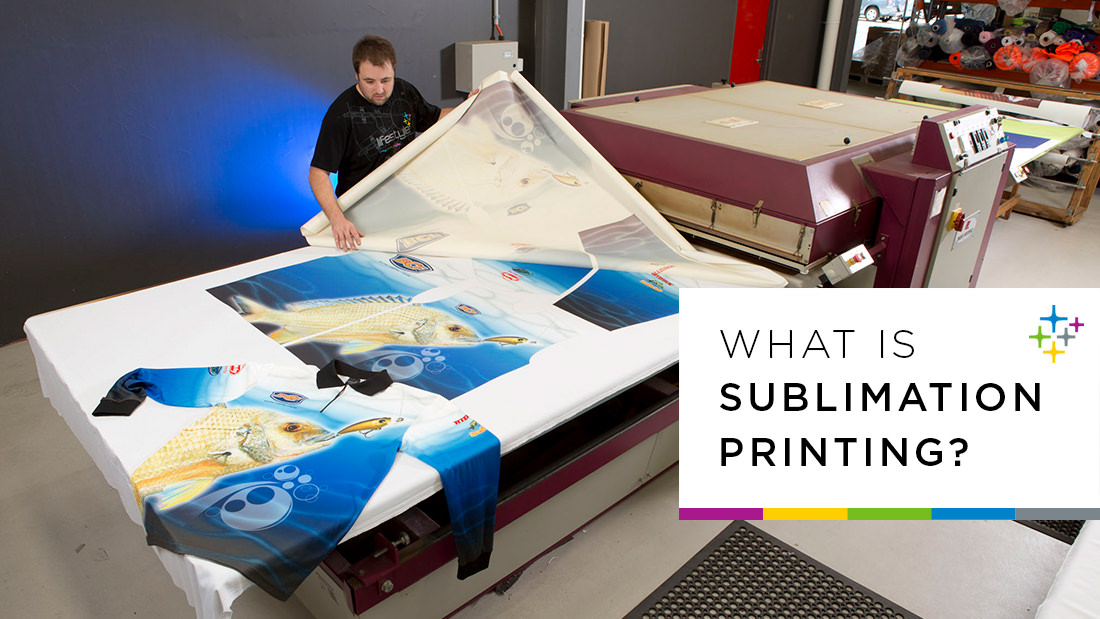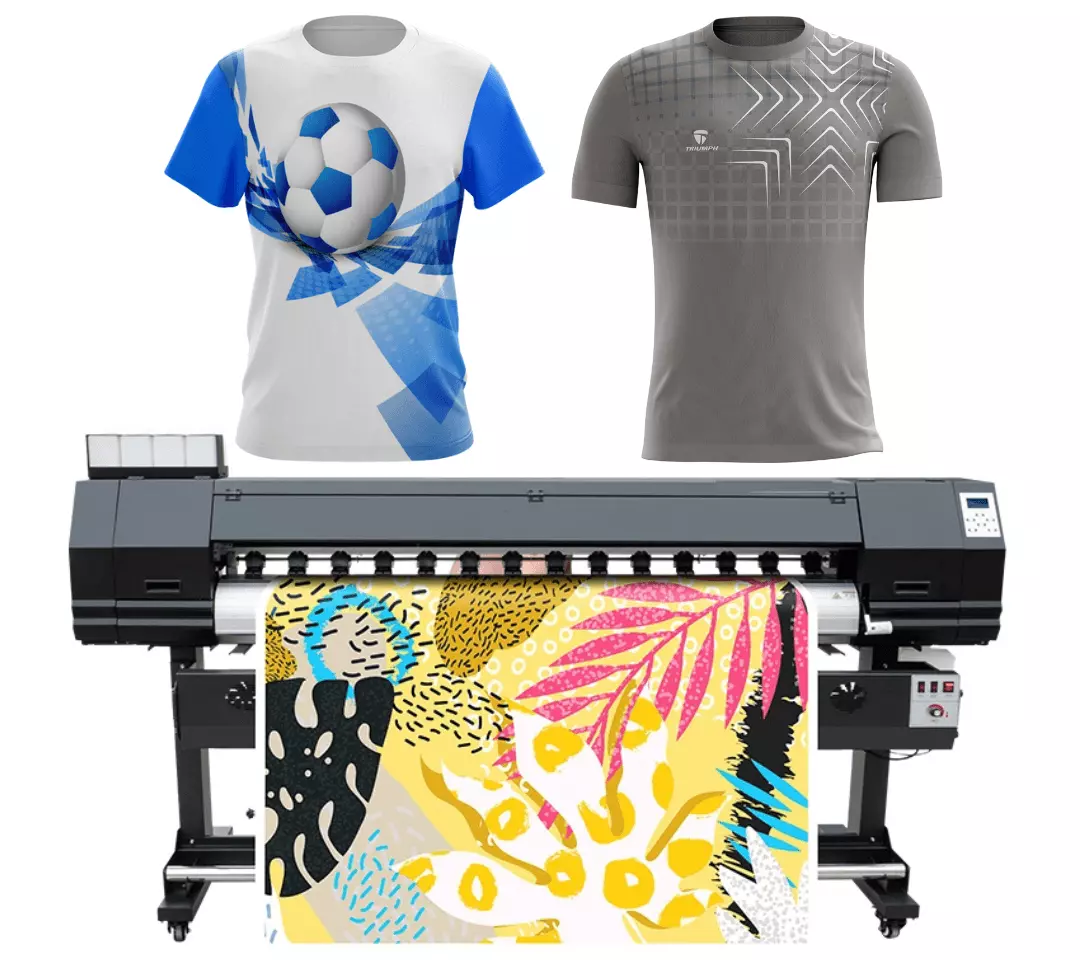Releasing Imagination with Heat Transfer Vinyl Printing for Customized Designs
Releasing Imagination with Heat Transfer Vinyl Printing for Customized Designs
Blog Article
From Standard to Digital: Understanding the Evolution of Fabric Printing
The change of cloth printing from conventional methods like block printing and resist dyeing to contemporary techniques such as display and electronic printing marks a considerable shift in the textile industry. Just how do these innovations affect the significance of towel printing, and what might the future hold for this ever-evolving craft?
Traditional Cloth Printing Methods
In the very early phases of textile production, standard towel printing approaches offered as the foundation of fabric design, offering both capability and creative expression. Techniques such as block printing, withstand dyeing, and stenciling were meticulously created and fine-tuned over centuries, each contributing unique visual high qualities and useful applications to the fabric sector. Block printing, one of the earliest techniques, involved sculpting complex designs right into wood blocks, which were then dipped in dye and pushed onto material. This labor-intensive process permitted the repeating of in-depth patterns, showcasing the artisan's skill and imagination.
Stand up to dyeing, including strategies like batik and tie-dye, employed wax or other materials to stop color from passing through specific areas of the textile. This method produced striking contrasts and complex designs, commonly imbued with social importance. Stenciling, another standard technique, involved reducing patterns right into a product and using dye through the openings, supplying a less complex yet efficient method to produce repetitive layouts.
These traditional techniques not only formed the fabric sector's very early development but likewise laid the foundation for future innovations. Each method mirrored the regional and social characteristics of its beginning, protecting and distributing artisanal knowledge with generations.
The Increase of Screen Printing
The advent of screen printing in the very early 20th century marked a considerable departure from traditional approaches, using unmatched flexibility and efficiency. Display printing allowed designers to generate complex patterns and dynamic shades on textiles, which were previously testing to attain with block printing or hand-painting techniques.
One of the crucial advantages of display printing is its capability to replicate complicated designs widespread with remarkable integrity. This scalability made it greatly preferred in the industrial fabric sector, where mass manufacturing without compromising top quality is critical. Moreover, screen printing suits a variety of inks and dyes, increasing the combination of appearances and finishes offered to designers.
Furthermore, the procedure is extremely adaptable, ideal for different material types consisting of cotton, silk, and synthetics. This adaptability, combined with its cost-efficiency for big runs, solidified display printing's duty as a foundation of modern-day textile production. Thus, the increase of display printing revolutionized the market, pressing the borders of what was possible in fabric design.

The Development of Digital Printing
Structure on the impressive developments brought by screen printing, the textile industry experienced another groundbreaking advancement with the introduction of digital printing. Emerging in the late 20th century, digital printing transformed the method styles are moved onto textiles, offering unmatched adaptability and efficiency. Unlike conventional techniques, which commonly called for comprehensive configuration and considerable hands-on intervention, electronic printing employs computer-aided style (CAD) innovation to generate complex patterns straight onto the fabric with high accuracy.
This innovation has allowed textile producers to meet the expanding need for personalization and on-demand production. By eliminating the demand for plates and screens, electronic printing lowers lead times and reduces product waste, making it a more lasting choice. The ability to print intricate photos and a vast array of shades in a single pass has opened up new creative opportunities for designers, fostering a rise in creative expression within the market.
Additionally, digital printing supports smaller set manufacturing runs, which is specifically helpful for specific niche go to website markets and startup style brands. This technical leap has not just enhanced functional efficiency yet likewise equalized access to top quality fabric printing, establishing the stage for future technologies in material layout and production.
Contrasting Techniques: Standard Vs. Digital
While both conventional and electronic printing methods have their very own distinct advantages, they vary significantly in terms of procedure, effectiveness, and ecological influence. Conventional towel printing, encompassing methods like block printing and display printing, entails manual work and complex workmanship. These methods are celebrated for their capability to generate dynamic shades and abundant structures, commonly causing distinct, artisan-quality items. However, they are labor-intensive, taxing, and commonly limited in terms of shade selection and design intricacy.
On the other hand, digital printing employs sophisticated modern technology to move layouts directly onto fabric utilizing inkjet printers. This approach uses unequaled precision and a large selection of color options, making it possible for elaborate and extremely thorough designs. Digital printing is considerably quicker, allowing for quick turnarounds and just-in-time production, which reduces the requirement for big stock storage space. In addition, it supports customization and tiny batch manufacturing, accommodating contemporary customer demands for customized items.
From an ecological point of view, digital printing is normally a lot more lasting. It makes use of much less water and creates marginal waste contrasted to typical approaches, which usually include considerable washing and dyeing procedures. As a result, electronic printing is progressively preferred in an era where environmental considerations are extremely important.
Future Patterns in Fabric Printing
As the fabric industry continues to advance, future trends in fabric printing regularly point in the direction of greater assimilation of modern technology and sustainability. One significant fad is the raised application of electronic printing innovations. These advancements enable for greater accuracy, faster manufacturing times, and the ability to create complicated styles that were when tough with typical methods. Digital textile printing is expected to dominate the market, driven by its efficiency and versatility to consumer demands for customized and limited-edition products.

Additionally, the unification of clever fabrics, which integrate electronic elements right into textiles, is established to change the marketplace. These textiles can supply added capabilities such as temperature guideline, health tracking, and interactive attributes. As innovation proceeds to advancement, the junction of electronic printing and smart fabrics will certainly open new methods for functional and innovative applications in towel printing.
Final Thought
The advancement of fabric printing from traditional techniques to electronic developments notes a substantial change in the fabric market. While conventional techniques highlight artisanal workmanship and cultural heritage, electronic printing provides exceptional accuracy, efficiency, and personalization. This change not only improves manufacturing capabilities however likewise sustains sustainability initiatives. Future patterns are likely to continue incorporating innovative modern technologies, further redefining textile design and production processes to meet ecological factors to consider and contemporary demands (Branded clothing).
The makeover of fabric printing from conventional methods like block printing and stand up to coloring to contemporary strategies next such as screen and electronic printing look at this website marks a substantial shift in the fabric market. Screen printing made it possible for designers to generate complex patterns and vibrant shades on fabrics, which were formerly challenging to attain with block printing or hand-painting methods.
Structure on the amazing advancements brought by display printing, the fabric market experienced an additional groundbreaking advancement with the advent of electronic printing. screen printing. Conventional towel printing, encompassing strategies like block printing and screen printing, entails manual labor and complex craftsmanship. As modern technology continues to breakthrough, the intersection of electronic printing and wise textiles will certainly open up new avenues for functional and innovative applications in towel printing
Report this page